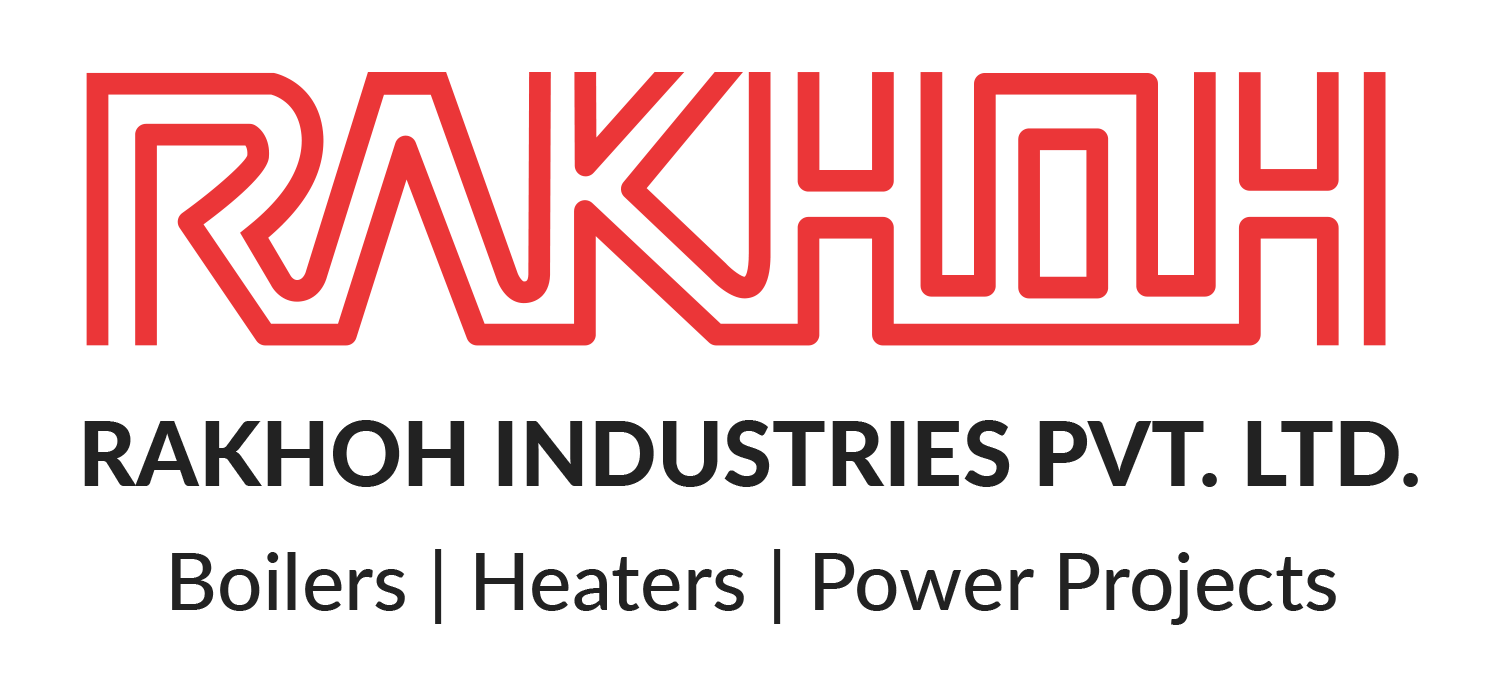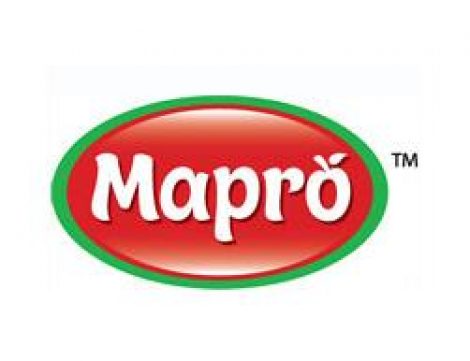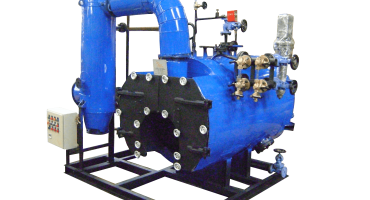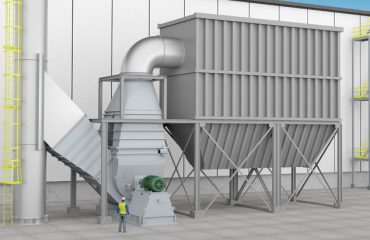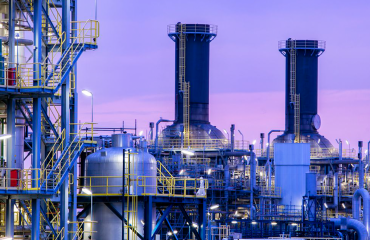Steam Boilers are of paramount importance in the process and manufacturing industries. However, merely the excellence of the boiler manufacturer does not assure the boiler’s safety. The boiler system also requires precision in handling and operations to prevent hazardous consequences. Although plant managers take every precaution to ensure the safety of the plant and the personnel, some boiler issues are inevitable and require immediate action. Despite the usage of steam boilers in industries from the mid-1800s, process plants continue to face common issues with their operation.
-
Some of the most common boiler issues include:
- Low water conditions
- Improper techniques of blowdown
- Improper warm-up
- Poor water treatment
- Training of operating team
- Neglect of preventive maintenance
- Proper documentation
- Overlooking outdated equipment
- Manual factor
Low Water Conditions in Steam Boilers:
Facing low water in a boiler system is a hazardous situation but can be easily prevented with proper maintenance and precautions. The low water level in a steam boiler occurs when the water reaches below the base safe, that is the working level recommended by the boiler manufacturer. With the low water level, the tubes remain exposed and no longer cooled by the boiler water. It leads to the rapid increase of the metal temperature, resulting in reducing the metal’s strength and causing rupture as the metal’s strength decreases.
The likelihood of severe or even catastrophic damage to a steam boiler due to low water conditions is easy to understand, considering that the temperature of the furnace exceeds 1,800 oF., yet, the steel strength drops significantly at temperatures above 800 oF. The only factor that enables a boiler system to withstand the furnace temperatures is water in or around (depending on whether the boiler is a fire tube or a water tube design) the pressure parts at all times when a fire is present. Therefore, low water conditions can melt the steel pressure parts.
Generally, industrial steam boilers are natural circulation boilers that do not use pumps for circulating water through the pressure vessel. The units depend on the varying density between hot and cold water for providing circulation. As the water eliminates heat from the pressure parts, the water temperature increases and rises to the steam chamber. As a result, sufficient heat is transferred, generating steam. Cold feed water replaces the rising water, causing natural circulation.
Because of the crucial need for water, advanced boiler systems are equipped with automatic low water trip switches. However, some outdated boilers do not include these relatively inexpensive devices. If the boiler does not have low-water trips, it is necessary to promptly initiate its installation to prevent any accidents and expensive repairs in the process plant. The resultant repairs can range from re-tubing to unit destruction if the overheating is neglected. In the situation of low water, the low water trips will trip the burner or fuel flow for solid fuel boilers and shut down the forced draft fan. It leads to shutting down the heat input.
The trips need to be installed at a water level to prevent damage. Low-water trips are installed at 6” lower than the acceptable operating level. The control of the boiler water level is challenging, and even the best-tuned control systems cannot ensure complete prevention of a low-water condition. The water level in a pressure vessel is, in fact, an unstable compressible mixture of water and steam bubbles that can shrink and swell with pressure changes and will ultimately shrink momentarily when more cold feedwater is introduced.
Some of the common causes of low water levels in the steam boiler are:
- Failure of feedwater pump
- Failure of control valve
- Water loss to the deaerator or make-up water system
- Failure of drum level controller
- The drum level controller is left in the manual position
- Plant air pressure loss to control the valve actuator
- Lifting of safety valve
- Large, sudden change in steam load
Impact of Low Water Levels On Steam Boilers:
Some of the commonly found damage caused by low water levels are:
- Loose tubes
- Cracked tubes
- Melted metal
- Leaking water
One of the most hazardous results of low water takes place when the water is added to the boiler, but the system has already passed the point of no return where the boiler vessel is significantly overheated. It causes the water to immediately turn into steam, resulting in extreme pressure being created, and the boiler potentially exploding. It is one of the most dangerous consequences in a process plant with any boiler system and should be prevented at all costs.
Prevention from Low Water Level:
Steam boilers should be fitted with low water cut-offs (LWCO) for detecting the low water condition and shut down the boiler to prevent the impact of low water levels. Additionally, controls need to monitor the water level and take appropriate action such as sounding the alarm, shutting down the burners, and the feedback supply. It is also crucial to provide an external indication of the water level.
A low level of boiler water is checked through the sight glass. It is the only visual available to check the steam boiler’s water level.
Some boiler systems use floating bulbs with the LWCO shutting down the boiler if the bulb hits the cutoff level. With a float system, the device must be regularly blown down to prevent buildup.
Some LWCO systems utilize a probe that enters directly into the water and shuts down the boiler again if the water gets below the permissible water level.
Conclusion:
Rakhoh Boilers is a trusted boiler manufacturer in Pune since 1983. With 39+ years of experience and expertise in thermal solutions, we deliver highly efficient and reliable industrial steam boilers, waste heat recovery systems, thermic fluid heaters, and boiler accessories to over 20 process industries in 27 countries worldwide. We provide excellent boiler services to boost the efficiency and productivity of the boilers.
Visit www.rakhoh.com for more details on our products and services
